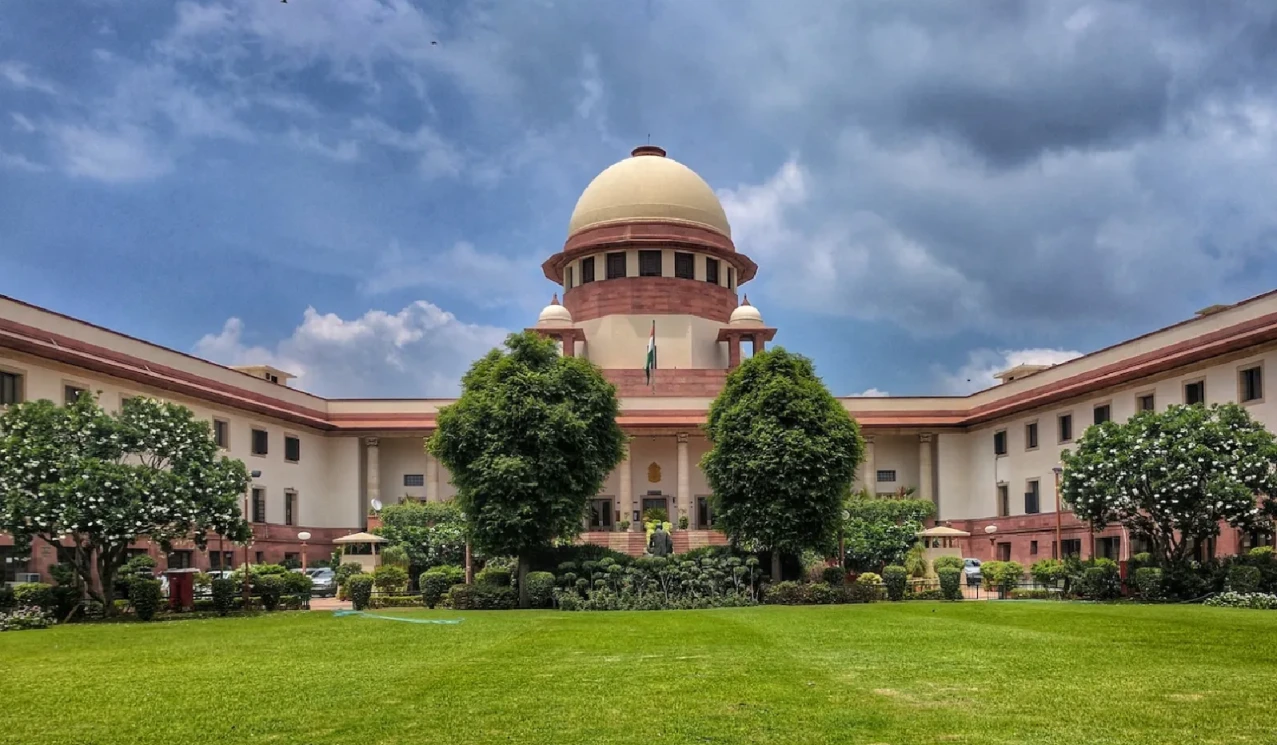Telangana has issued notification that formally implements Scheduled Caste sub-categorisation, which will be applied in both employment (art.16(4)) & education (art.15(4)).
- This comes after a seven-judge Constitution Bench (in State of Punjab vs Davinder Singh, 2024) allowed States to further sub-classify SCs and Scheduled Tribes (STs).
- Sub-classification of SCs: It’s the permission to grant separate quotas for more backwards within the SC categories.
Supreme Court’s Observation in State of Punjab vs Davinder Singh, 2024
- Listing of castes, races, or tribes under Articles 341 & 342 (see box): It does not create homogeneous SC/ST classes and hence internal sub-classification is permissible.
- Article 14 and Sub-classification: Court upholding sub-classification, ruled (6:1) that it is a facet of 'substantive equality,' as opposed to 'formal equality'.
- Thereby, overruling EV Chinnaiah v. State of Andhra Pradesh (2004) which had barred sub-classifications.
- Sub-classification and the Presidential List: Sub-classification doesn’t involve "inclusion" or "exclusion" of castes from the Presidential List of 1950 under Article 341, so it's not considered "tinkering" with it.
- Indra Sawhney and Sub-classification: Indra Sawhney did not expressly restrict sub-classification to OBCs.
- Judicial Review of Sub-classifications: States cannot act according to their whims and political interests. Any state legislation creating sub-classifications must be based on data.
Constitutional Provisions
|





